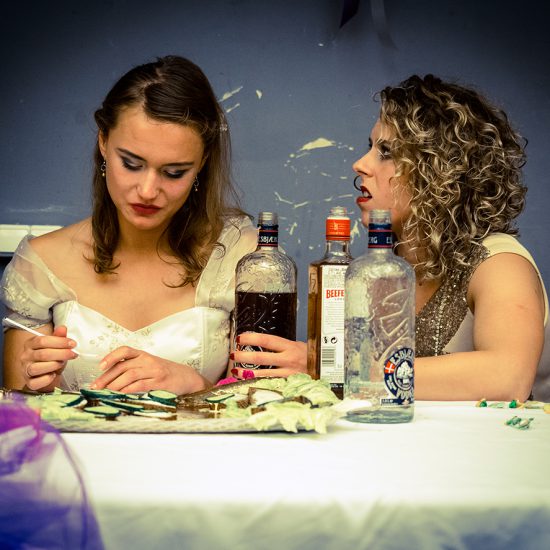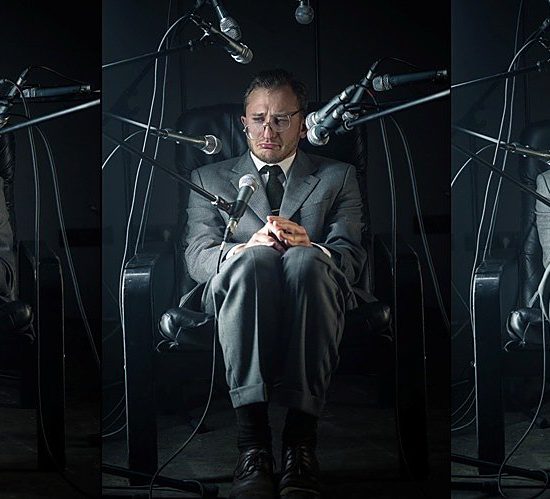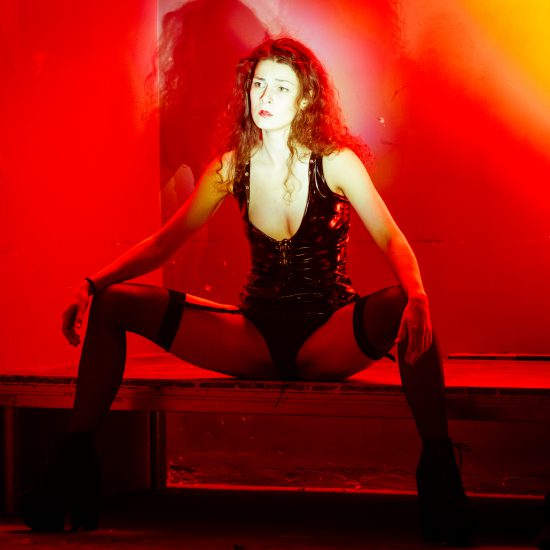Theatrical Miracles of The Seagull
A conversation between theatre critics Elona Bajorinienė and Rūta Oginskaitė
E.B. We’ve just seen a play which made us want to stay with it for a while, to relive it inside our minds – The Seagull by O. Koršunovas and his group of actors. It is interesting to follow the emotional lives of today’s people.
The Seagull sort of brings us back to the source of the theatre – where all you need are actors doing an amazing job. They are The Seagull’s major force.
Martynas Nedzinskas, who plays Treplyov, is unbelievable. And not only him. Each of the actors in the play deserves a separate review.
From the way the actors create their roles we can see that the influence of the director is obviously huge. O. Koršunovas has scraped his actors to the bottom, to the last nerve cell. In The Seagull we become witnesses of a theatrical miracle.
The plot itself dictates that the play is about the theatre, art, and artists: who and what they are, their postures, positions and destinies. But there is more to the play than that. It is made up of living people. You can see this production of The Seagull as most profound human dramas.
So far the line of the relationship between Arkadina and Treplyov is the most poignant in the play.
R.O.: It is a line of a mother and son; it also represents two different attitudes, a collision of two approaches to art: that of a young artist overwhelmed by his faith in art, and that of a famous, established actor who poses in art, using her allegedly creative work to embellish her life.
The image of Treplyov reveals another motive: tragic awareness of the lack of one’s talent, maybe deceptive, but, nevertheless, devastating. There’s also the desire for the gap between statuses and generations not to interfere with people’s relationships and, finally, the yearning for simple motherly and filial affection, which would break that eternal confrontation.
Symbolically the phrase where doctor Dorn talks about Treplyov having shot himself and the need to spare his mother from the news has been removed from the final scene of The Seagull. Treplyov had shot himself, but the doctor told the company that the sound came from a flask of ether that had exploded.
E.B.: Yes, an artist is like ether … It is interesting to note that O. Koršunovas has recently been vigorously sorting out the space of the National Theatre with all possible theatre tools. After all, his Expulsion and Cathedral also are monumental examples of total theatre.
But as an artist who feels the nerve, he lifts that nerve to the chamber space of his theatre. He is in the theatre and in the anti-theatre at the same time. And in his anti-theatre he creates theatre.
***
Rūta Oginskaitė, Lietuvos rytas, 26th September 2013



